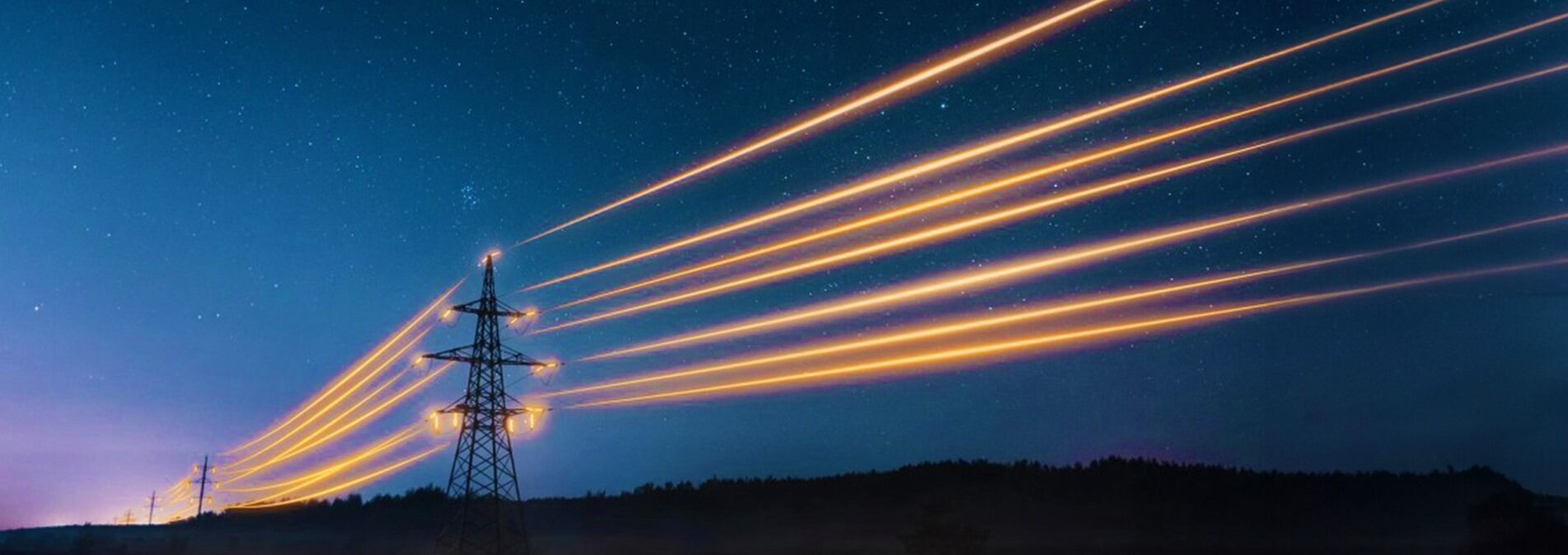
One of the biggest challenges for achieving energy transition is transmission grids. This is because the new renewable energy capacities that are coming up across the world will serve little purpose without the power transmission grids to connect the green energy produced in renewable rich areas to the renewable deficit corners of the country," writes Pratik Agarwal, Managing Director of Sterlite Power and Director, Serentica Renewables.
- The impact of climate change is already being seen across the world through the retreat of glaciers, raging forest fires and disappearing reefs.
- Cutting emissions is not enough and we quickly need to invest in transmission grids to greatly increase access to electricity.
- India is leading by example through huge investments in transmission projects to connect wind and solar projects to the national grid.
Most glaciers in the world have been retreating at an alarming rate since the 19th century. According to the Intergovernmental Panel on Climate Change (IPCC) sixth assessment report, between 1993 to 2019 an average of 210 Gt of ice was lost annually – an after effect of climate change.
Another IPCC report on oceans and the cryosphere has revealed that the Hindu-Kush-Himalayan region faces the risk of losing more than 60% of its glaciers by 2100.
 Pratik Agarwal, Managing Director, Sterlite Power and Director, Serentica Renewables
Pratik Agarwal, Managing Director, Sterlite Power and Director, Serentica Renewables
And it’s not just glaciers, but also disappearing reefs, raging forest fires – all grimly serve as a barometer of global warming. The message is loud and clear. Cutting emissions is not enough. The world immediately needs to invest in adapting to the changing climate.
It all starts with greening the grid
As with all the countries, one of the biggest challenges for achieving energy transition is transmission grids. This is because the new renewable energy capacities that are coming up across the world will serve little purpose without the power transmission grids to connect the green energy produced in renewable rich areas to the renewable deficit corners of the country.
In US and Europe, about 1,000 GW of solar projects and more than 500 GW of wind are in the interconnection queue – waiting to be connected to the grid.
India’s energy transition journey, however, serves as an all-important example of how the government is systematically going about achieving the 500 GW renewable energy target by 2030. Commendably, India’s installed renewable energy capacity today stands at 170 GW.
The BloombergNEF forecasts world transmission lines to almost triple by 2050, from the 2020 levels of about six million kms. As you can see in the graph below, the world will need a lot more transmission than what we have today.

Closer to home, the Transmission Roadmap announced by the government of India last year has been a game-changing step. It foresees a mega investment of INR 2.44 trillion ($29 billion) in transmission projects that will connect mega solar parks and wind power zones with the Indian national grid.
It also envisages installation of battery energy storage capacity of 51.5 GW by 2030 to provide round-the-clock power to consumers. Considering that this capacity must be built in the next seven years, bulk of these projects, totalling anywhere between INR 1.5 trillion ($18 billion) to INR 1.75 trillion ($20 billion), are expected to be rolled out over the next two years.
Notably, in the next 18 months, INR 1.5 trillion ($18 billion) of transmission projects, will be coming up for bidding, making it the largest-ever transmission project outlay in India. It will be also one of the largest transmission project awards on a public-private partnership basis happening anywhere in the world. Clocking $7 billion in a single year will be indeed phenomenal.
Moreover, India’s transmission system is both profitable and well-regulated, and provides tremendous opportunities for investors in terms of scale. Over the years, owing to private competition in the transmission space, it has also witnessed a rapidly growing pool of global capital amassing behind the projects.
Building transmission lines can be complex
While you can build a wind and solar plant in 18 months, building a transmission line in India, as in other countries, is complex. Challenges in the form of right of way, land, wildlife, forests and so on makes it all extremely difficult to complete a transmission system in the limited time of two and a half or three years.
More importantly, it is getting harder and harder with more organisations and more right-of-way issues. So, that’s an area that requires a lot of support from the government.
One must also note that most of the renewable energy capacity is connected to state transmission utilities. So, the efficiency and reliability of intra-state transmission networks are fundamental for evacuation of power.
Despite impressive growth, the state-level transmission sector continues to be plagued by issues such as right of way, inadequate investment, lack of financing access for state distribution companies and lack of competition in intra-state transmission development.
Development of the intra-state network is the next big revolution that is waiting to happen. Unless the weakest link of state-level transmission grid is addressed, there is no point solely investing upstream as the network infrastructure will remain under-utilised.
Going a step further, the inter-country linkage of transmission grids also merits consideration. As India pushes towards a low-carbon transition by expanding its renewable energy capacity, its demand profile is seeing a shift.
Advanced renewable energy economies find that their power demand peaks for four hours from 5pm to 9pm. This is also the time when renewables, especially solar, are less available. This leads to a timing imbalance between peak demand and energy production.
This peak demand period would coincide with peak sunshine period in the Middle East / African region and can play a role in supporting the Indian demand, as well as enable access to cheaper solar power.
It thereby becomes imperative to have connectivity by way of an inter-continental grid that leverages the time difference between such countries – wherein surplus renewable energy is injected from one country’s grid to another who needs it at that time.
Increasing access to electricity is vital
The solution to alleviate the vagaries of climate not only lies in banning fossil fuels but also in greatly increasing the amount of electricity available. Increasing access of electricity to the poorest will reduce emissions from burning fossil fuels and greatly improve living standards.
Developed and energy-hungry cities will need more electricity to reliably power its ever-surmounting needs.
The BloombergNEF report also states that the world’s electricity network will need to extend more than 152 million kilometres by 2050 to meet the demand of a net-zero world. A super grid that’s more than double the length of the grid today.
For climate change to decelerate, transmission capacity needs to accelerate. India is certainly leading by example and doing its bit. The world must take note and follow suit.